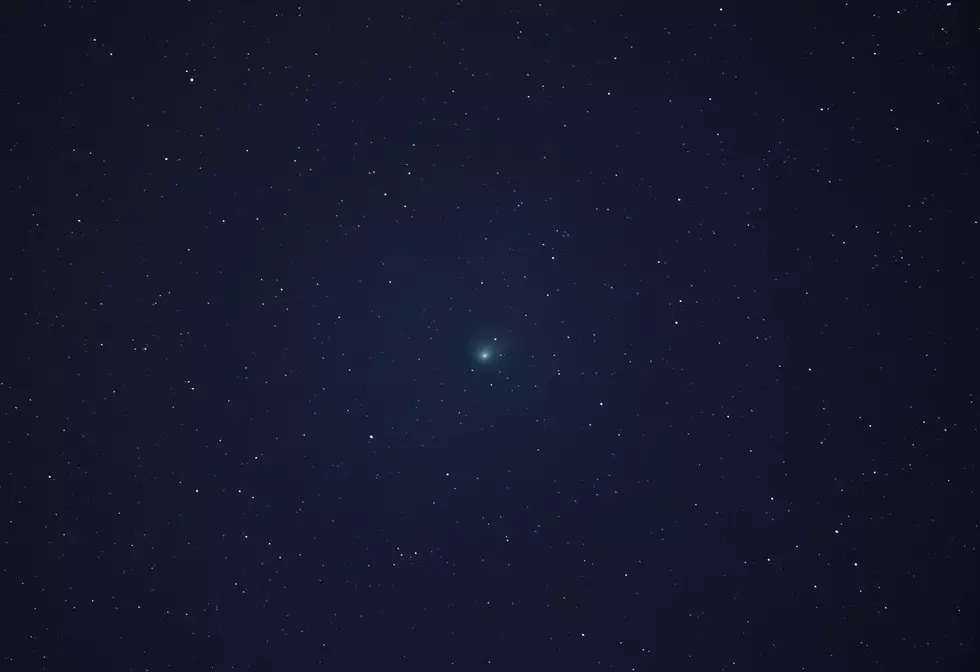
You Can See a New Comet For the First Time in 6,800 Years
You don't even need a telescope to see this newly discovered comet!
According to Accuweather, July is perfect for stargazers when a comet flies through the inner solar system for the first time in 6,800 years. It's comet NEOWISE and it's been getting brighter and brighter in the early-morning sky, but this week you'll be able to see it after sunset. It is now brighter than Halley’s Comet when that passed by through the inner solar system back in 1986.
You don't even need a telescope, but you have to know where to find Comet NEOWISE. This week it will be to the northwest, just below the Big Dipper.
Nasa says:
From mid-July on, it's best viewed as an evening object, rising increasingly higher above the northwestern horizon. Its closest approach to Earth will be on July 22, at a distance of about 64 million miles (103 million kilometers).
Just so ya know, the sun is about 93 million miles from Earth.
You're gonna want to catch it sooner rather than wait, because it will get dimmer and dimmer later as it moves away from the sun. What you want to look for is a fuzzy star with a faint tail. You can see it, but to really see the comet aspect, grab a simple telescope or binoculars right at twilight in the evening.
After comet NEOWISE leaves the inner solar system, it won't be back for another 6,800 years - so don't forget to look up!
10 Postcard Perfect Photos That Are Wicked Maine
More From Q97.9









